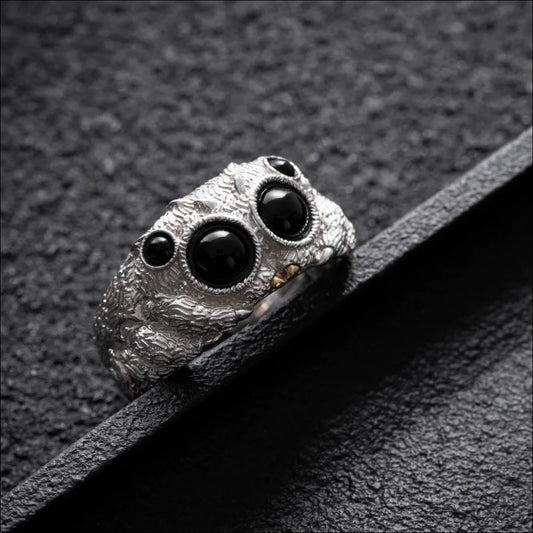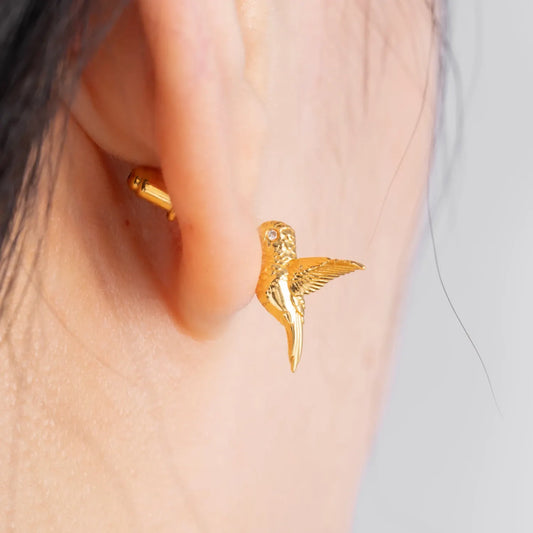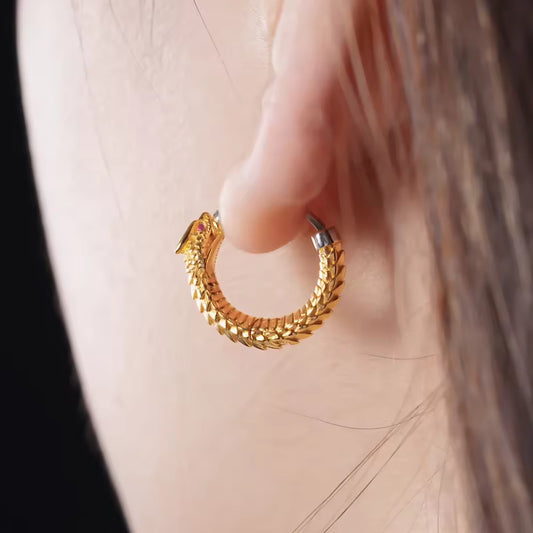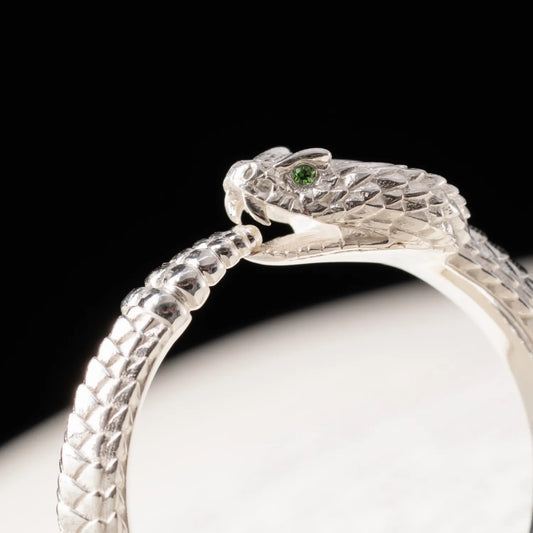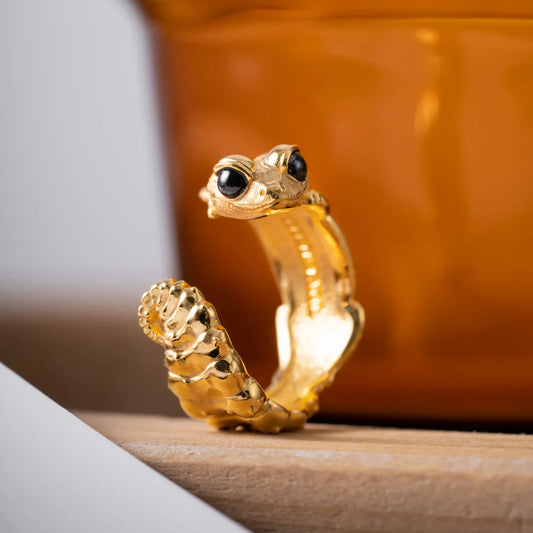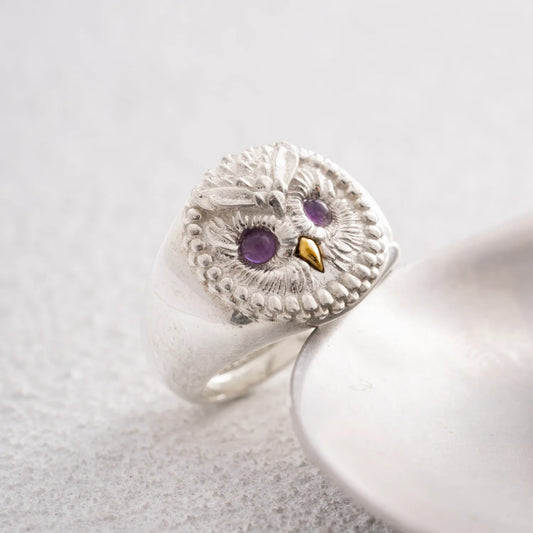We've all seen the symbol of a snake biting its all. It's called ouroboros and it's present inmany cultures. But what is the meaning of ouroboros?
Interestingly enough, the meaning of ouroboros doesn't differ much from culture to culture. The details vary of course, and often in fascinating ways. But at the heart of the matter, the meaning stays the same. It's about the cycle of death and rebirth. In the never ending circle of infinity the end is a beginning and the beginning is an end.
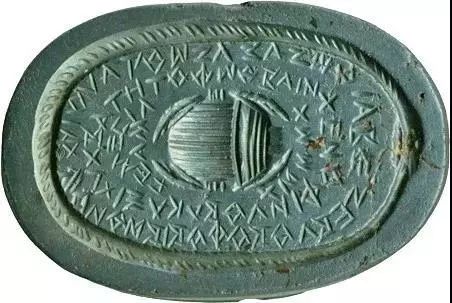
The meaning of ouroboros in the ancient Greek and Roman periods
The name ouroboros actually comes from ancient Greece. The Greek word oura means tail and boros means eating or devouring. So basically the name means tail eater. The ancient Greek philosopher Plato said he believed the meaning of ouroboros was self reliance. It was a perfect being that needed nothing but itself to survive because everything in existence resided within it. But it also represented self destruction as it was thought to be constantly eating itself and being reborn.
In ancient Rome the symbol signified infinity. The symbol was associated with the god Saturn who ruled time and the passing of the seasons. Saturn was believed to connect one year to the next in a never ending cycle that made up all eternity.
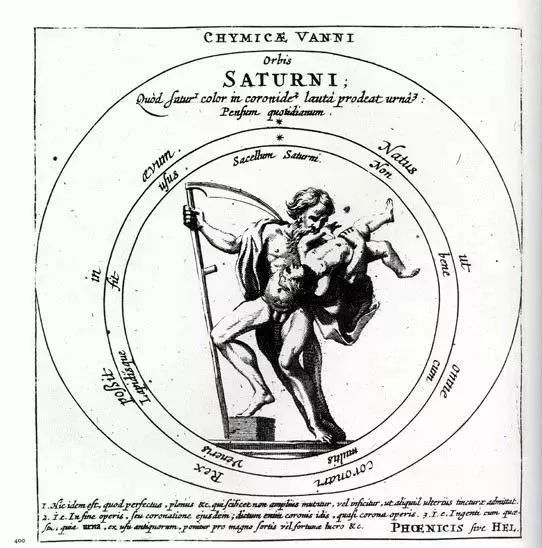
The alchemist explains ouroboros this way
Alchemy was an early form of chemistry. The practice of alchemy carried throughout the ancient world and it was practiced by scholars in many cultures. They focused primarily on transmutation (the changing of matter into something new and better ). The were especially obsessed with the idea of turning metal into gold.
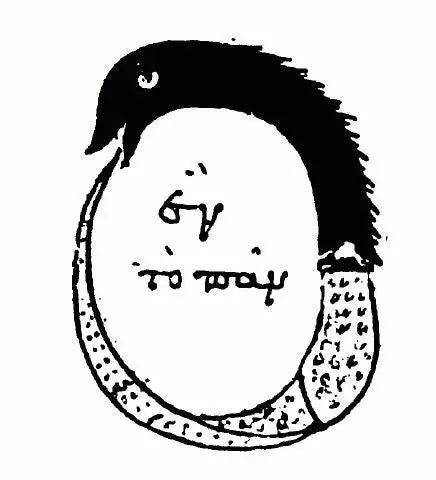
To them, the meaning of ouroboros is that nothing ever truly ends, but is merely changed into something different. They believed everything was connected and they used the ouroboros symbol in several of their important alchemy scrolls.
The different ouroboros of Eastern and Western mythology
Many eastern cultures, such as in Indonesia or India among others, see the meaning of ouroboros as the symbol for how all things flow together and come back around. Rather it be time, Karma, or even chi (their term for tje energy that flows through the body). Many eastern religions revolve around the idea of cycles and the concept of death and rebirth.
In the western world tales of the ouroboros have also spread. In South America, some tribes believe that the world is sitting on a giant flat sea and that ouroboros circles the Earth biting it's tail. They believe the snake holds the essence of life within itself. It was even meant to control the tides with its breathing.
In Norse mythology they believed that the giant serpent Jörmungandr circled the world with his tail in his mouth, and that when he one day let go that Ragnarok(the end of the world) would ensue. But, out of the chaos a new world would be born.
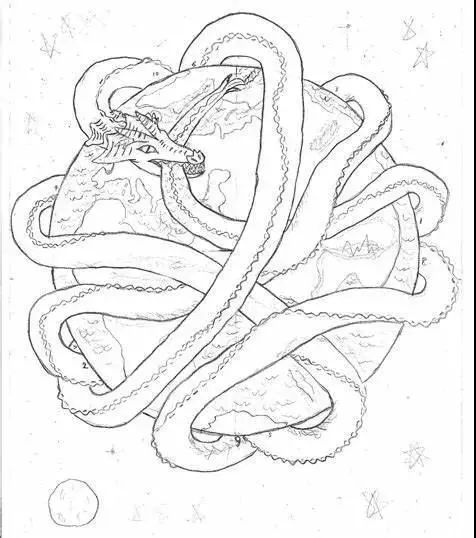
Science, ouroboros-shaped benzene molecular chain
In the 1850’s, a scientist who was renown in the field of theoretical chemistry, had been hard at work studying the nature of carbon on carbon bonds. He became frustrated one night at his lack of progress and took a break to doze in his chair by the fire. While asleep he claimed to have dreamed of a series of atoms shaping themselves in moving snakelike lines. Suddenly the atom snake turned and bit it’s tail.

The scientist woke up with a eureka moment. He looked through the microscope and could now make out circular patterns of atoms that it was later discovered make up benzene circles. These benzene circles are present in aromatic compounds (involving smell). His discovery was revolutionary in the field of chemistry and lead to many other amazing discoveries. All because the symbology of the self devouring serpent.
Coppertist.Wu has always been inspired by the beautiful spiritualism behind the ouroboros. The cycle of life, the pursuit of eternity, and the drive to always move forward to new beginnings speaks to us. Because of this we’ve created an array of products in tribute to this amazing mythological symbol. Check out our line of ouroboros products today!

